Keywords Pediatric Dentistry,Painless treatment, Recent advancement, innovation
“There can be no keener revelation of a society’s soul than the way in which it treats its children”. – Nelson Madela
The quote depicts truly the need and the importance of a healthy society. The child in society is to be nurtured from the stage of its seed sown. This uphill task in dentistry is overtaken by the pediatric department. After Madam Minnie Evangeline Jordan in 1900s, the pediatric department has established itself as a more advanced, age friendly and child accessible place for the under aged people.
The advancements in pedodontics is mainly focused on instrument efficiency, child’s comfort, safety during procedure and more conservative approaches to treat a problem. Let us learn about some innovations in pediatric dentistry under various categories.
Innovations in pediatric caries risk assessment
The early detection of any disease is of utmost boon to treatment plan. A range of relatively new caries detection systems are available for children, like
- diagnodent laser device
- digital imaging fiber-optic transillumination(DIFOTI) and
- quantitative light-induced fluores-cence (QLF, QLF-clin).
This has resolved the issues of quantification and poor diagnosis of inaccessible areas. There are clear images for assessment with much greater longitudinal studies and permitted wavelength that is easily absorbed by cells, which can further help in treating incipient caries. Risk assessment is plays a pivotal role in assessing the risk factors of caries in young child, includes AAPD caries risk assessment tool evidence-based screening tool called ‘the caries-risk assessment tool’ that identifies the risk of caries.
Innovations in behaviour management in children
The role and goals of pedodontics is not only to invent and apply safe instrumentation and techniques but advances in behaviour management which further reflect in the overall character development and urges child to take up postive lifestyle is also a part of it.
The advancement includes
Tell- Play- Do
The for children aged 5-7 years. The technique was similar to Tell-Show-Do but an additional component of allowing the child to play with dental equipments was carried in Tell-Play-Do.
As per the learning theory of Bandura, if explained in clear understandable terms, the child’s anxiety towards the dental equipments reduces, thereby he/she feels more comfortable. Another recent method is distraction through:
- mobile app
- audiovisual distraction and
- videogame distraction.
Not only behaviour shaping but pediatric dentistry also focuses well on children with special care needs.
Innovations in fear & anxiety management in children
Fear management advancement is a most desired thing to achieve in pediatric dentistry. The local anesthetic delivery system has improved over the years and include delivery systems aimed at easing the fear of the needle. These devices take advantage of the gate control theory of pain management which suggests that pain can be reduced by simultaneous activation of nerve fibers through the use of vibration. They are vibrotactile devices for LA delivery, namely
- Vibraject
- Accupal
- Dental vibe.
There is use of computer-controlled local anesthetic delivery (CCLAD) that incorporated computer technology to control the rate of flow of the anesthetic solution through the needle. This includes Wand system that enabled operator to accurately manipulate needle placement with fingertip accuracy and deliver the LA with a foot-activated control.
In recent years there has been a move toward the development and introduction of ‘safety’ syringes in both medicine and dentistry. Use of a safety syringe minimizes the risk of accidental needle-stick injury.
There is a special technique being incorporated since 2006, called Single Tooth Anesthesia incorporates dynamic pressure-sensing technology which provides a constant monitoring of the exit pressure of the local anesthetic solution in real time during all phases of the drug’s administration.
More advances include
- Reversing local Anaesthesia,
- pH buffering of local Anesthesia,
- Jet injector.
More advanced nasal spray can anesthetize maxillary anterior teeth which is Kovacaine Mist (3% tetracycline HCL with 0.05% oxymetazoline HCL), which will remove the chances of needle breakage and fear development.
Innovations in pediatric filling materials
More conservative approaches came into play in newer advancement where the pulp vitality to be maintained until natural exfoliation time, preserve arch integrity. The advanced approaches taken is Indirect pulp treatment.
Dental restorative materials are designed as per their intended purpose,recent advances evolved due to increasing toxicity, lower bond strengths, durability. A newer material that came into existence includes Resin-modified glass ionomer, a hybrid of glass ionomer and resin composites, where a dimethyl methacrylate monomer (HEMA) is grafted in polyacrylic acid. With the exposure of light, polymerization is initiated along with the methacrylate groups; after that, the acid–base reaction is carried out.
Other than this, newer materials include:
- nano-ionome
- compomer
- giomer
- ceromers and
- ormocers.
Innovations in pediatric crowns and prosthesis
The prosthesis innovation in pedodontics has got to be uses of implant though contradicted in earlier stages but it successfully overthrown all the theories on paper with huge success rate of endosseous implant with postive soft and osseous tissue reaction.
The use of invisible aligners in children made easier for the child to accept the prosthesis.
Advances in crown include
- Zirconia crowns(Nu smiles, Kinder crowns, Ez pedo crowns)
- Figaro crowns
- Biologic crowns.
The habit breaking appliances and techniques have also undergone quality changes with ample consideration on patient compliance and durability.
Further innovations in pediatric dentistry
Nano technology is great advancement in every field with no exception in pediatric dentistry.
Bone grafts with better characteristics can be developed by nanocrystalline hydroxyapatite with stimulated cell proliferation.
Recent advances in pediatric nanotechnology include:
- Nano Anesthesia and
- Nanorobotic dentrifices
Conclusion
The branch of dentistry which not only believes in the innovation and development in materialistic perspective but with an equal importance of understanding evolving child psychology with coming ages. The pedodontist child relation can help the child building a positive attitude. The advancements in present day and the future to come is an important aid for the child to accept the treatment as a part of maintaining a healthy Lifestyle and visiting a dental clinic will not be further an uphill task and definitely not a place that haunts!

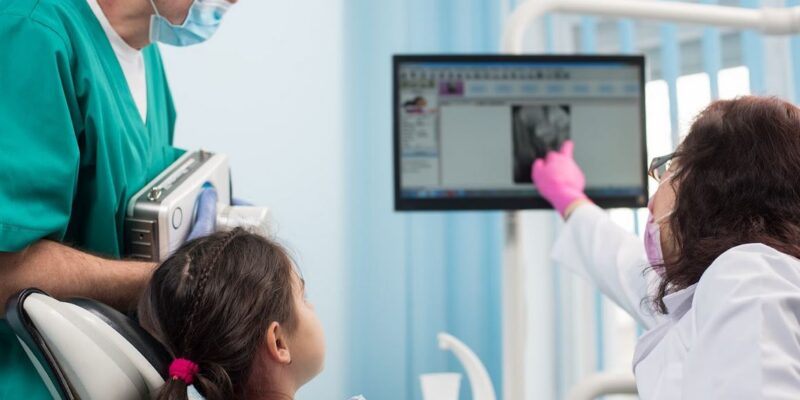





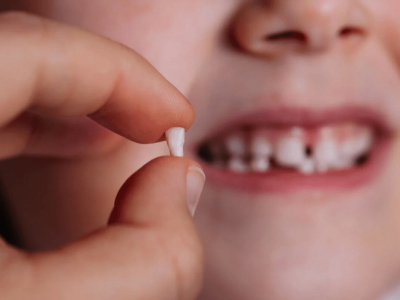
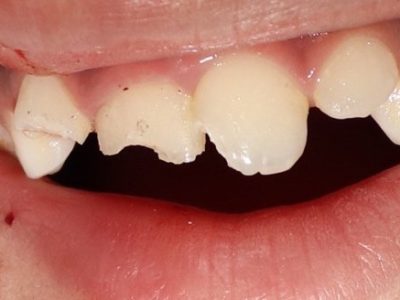
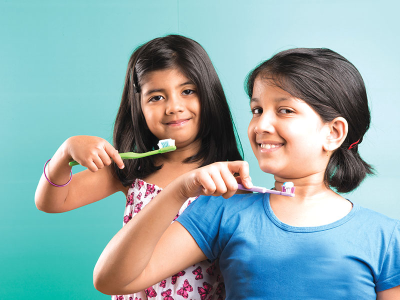
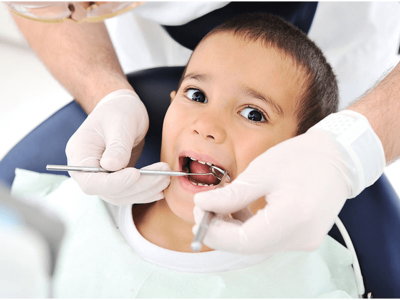
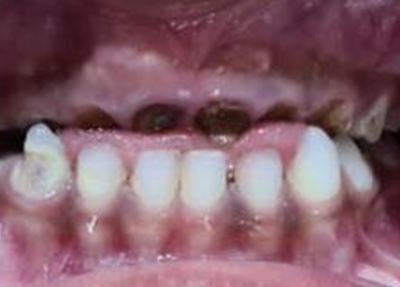









Comments